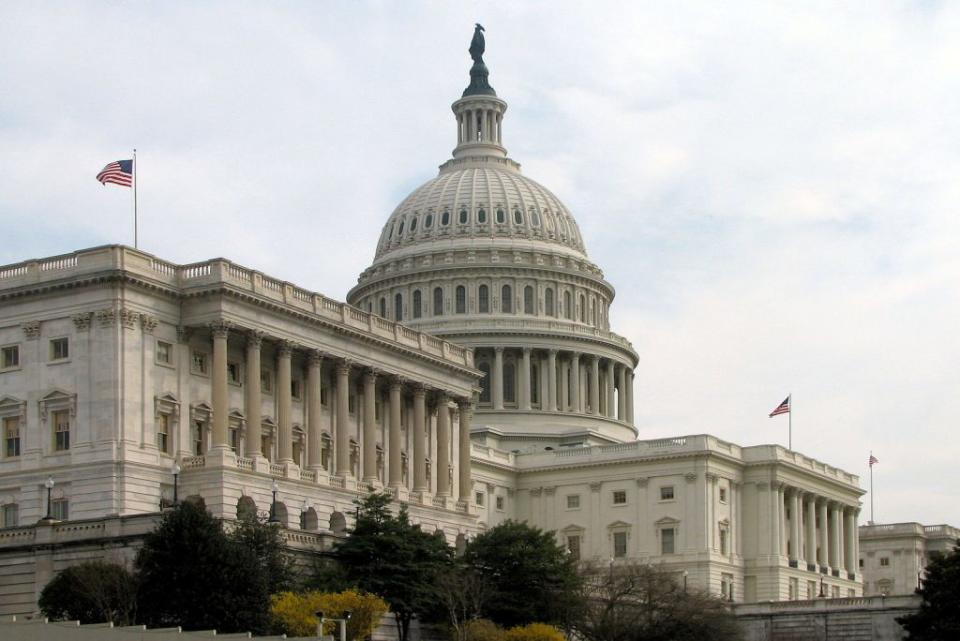U.S. Relief Package Needs to Do More to Address Small Business Costs: Travel Industry Groups

The U.S. travel industry wants the Paycheck Protection Program component of the $2 trillion coronavirus relief package to reflect the monthly reality of small business expenses.
Industry groups like the U.S. Travel Association and the American Hotel & Lodging Association sent a letter to U.S. House and Senate leadership earlier this month outlining why they felt PPP in its current form doesn’t do enough to help small travel businesses. The industry collective wants the program extended to the end of 2020, an increase to borrowing limits, expansion on what expenses loans can cover, and to discourage unaffected businesses from applying.
The organizations doubled down on the claim during a Thursday press conference, emphasizing changes were needed to keep businesses alive and jobs available for furloughed workers.
“The hotel industry is not going to bounce back quickly, and we strongly believe the coverage date needs to be extended to the end of the year if not longer,” AHLA Executive Vice President of Government Affairs Brian Crawford said. “What we’re trying to ensure is that these businesses have the lights on when restrictions recede and workers have a job to return to.”
Get the Latest on Coronavirus and the Travel Industry on Skift’s Liveblog
The AHLA and U.S. Travel have repeatedly said the current June 30 expiration for PPP isn’t enough and more time is needed to move from survival mode into a recovery. The groups also want the formula adjusted on how recipients can spend the money they receive. PPP currently stipulates 75 percent of a loan must go to payroll expenses and 25 percent to go to other costs like debt services. But for the average hotel, payroll accounts for 40 percent of monthly expenses and the remaining 60 percent is debt services, Crawford said.
Hoteliers and other travel sectors need more money allocated to debt services because it isn’t clear when demand will return to the level requiring a full roster of employees. The Hilton Garden Inn Seattle Bellevue Downtown went from an 80 percent occupancy rate in early March to its current 2 percent occupancy rate, said Doug Dreher, president and CEO of The Hotel Group. Current monthly revenue covers only a tenth of the monthly mortgage payment at the Seattle hotel.
“While we’re incredibly grateful to receive a loan for this property and others in our portfolio, unfortunately, we’re still facing a monumental challenge,” Dreher said. “If we’re unable to make debt payments, we’re unlikely to survive this crisis.”
The travel industry groups, along with organizations like the Economic Innovation Group, also stressed the government needs to discourage unaffected businesses from applying for PPP loans.
Organizations like Shake Shack, the L.A. Lakers, Ashford Hospitality Trust, and Braemar Hotels & Resorts have received PPP loans while tens of thousands of small businesses are still waiting for funds. Shake Shack and the Lakers have announced they will return their PPP funding. Ashford and Braemar announced they will not.
The AHLA doesn’t have specific data on how many hoteliers have received a PPP loan so far, but Crawford said the Small Business Administration reported last week 9 percent of hotels and restaurants had received PPP loans through the initial $350 billion package. Congress approved an additional $310 billion for the program earlier this month. The AHLA is conducting its own survey on the industry loan success rate, but Crawford said hospitality ranked fifth out of industries receiving the most in PPP funding.
“I think that speaks to the fact that congress needs to define which industries are severely impacted by Covid-19 and ensure healthier industries are not able to access funds, taking ability and opportunity away from industries having catastrophic impacts,” Crawford said.
Subscribe to Skift newsletters for essential news about the business of travel.

 Yahoo Finance
Yahoo Finance 